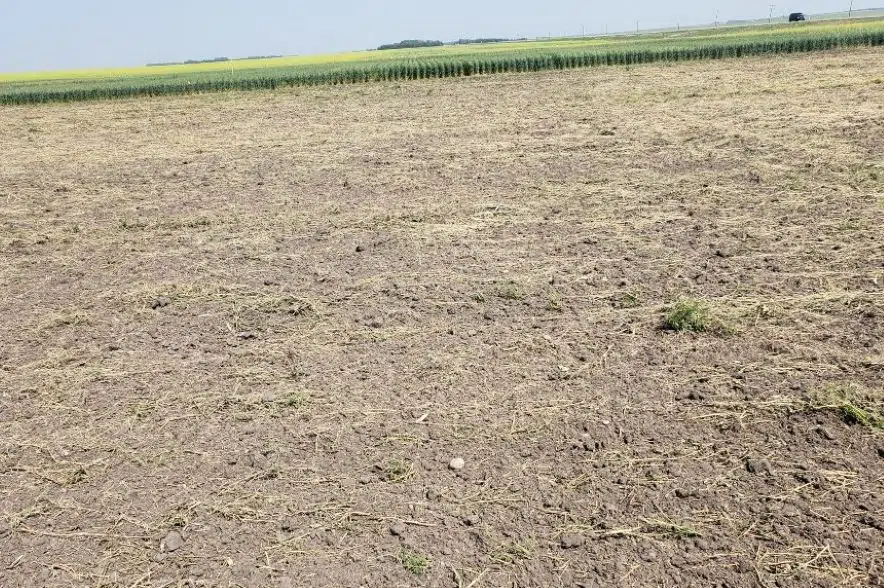The Saskatchewan Association of Rural Municipalities (SARM) is calling for action as dry conditions continue in the province.
“As of now, approximately 20 rural municipalities have notified SARM about declaring states of emergency for drought,” Ray Orb, the association’s president, said in a release. “With the impending weather forecast, it’s anticipated this number will continue to rise …
“We urge all levels of government, industry stakeholders, and the public to unite in support of the affected communities, and to extend a helping hand to ensure their resilience and recovery.”
According to the release, several rural communities and municipalities have seen below-average precipitation for some time. That has caused depleted water supplies, parched soil and what SARM called “substantial hardships for the farmers and ranchers who rely on adequate moisture for both crop production and livestock grazing.”
“At this crucial point, SARM encourages co-operation between the crop and livestock sectors wherever possible to ensure livestock have the feed they need to thrive,” Orb said.
The weekly crop report from the Saskatchewan Ministry of Agriculture noted the warm weather and lack of precipitation reduced topsoil moisture levels in the province.
Cropland topsoil moisture is considered 57 per cent short, 28 per cent very short and only 15 per cent adequate. Levels were worse in hay and pastureland, where topsoil moisture levels were rated as 50 per cent short, 38 per cent very short and just 12 per cent adequate.
“The drought conditions in the southwest and west-central regions were not abated by the trace amounts of moisture or localized thundershowers,” the report said.
However, the ministry also noted the warm weather allowed crops in Saskatchewan to continue developing, with 61 per cent of fall cereals at normal stages of development for this time of year and 35 per cent ahead.
As well, 55 per cent of spring cereals were at normal stages of development and 37 per cent were ahead, oilseeds were 58 per cent normal and 33 per cent ahead, and pulses were 61 per cent normal and 35 per cent ahead.
Haying operations were well underway, with 71 per cent of the province’s first cut already baled or silaged, 16 per cent cut and 13 per cent still standing.
The report said the quality of the hay ranged from fair to excellent, with the majority rated as good. Provincewide, producers were estimating hay yields of 1.08 tons per acre, slightly above the five-year average of 1.06 tons per acre.
“Few producers are expecting a second cut of hay this year and some are expressing concerns of feed shortages this winter,” the report said. “If producers are concerned about water quality for their livestock, they are encouraged to bring water samples into their regional office for testing.”
The ministry said crop damage during the week was caused by dry conditions and grasshoppers, while there also were reports of disease.











